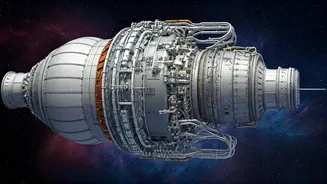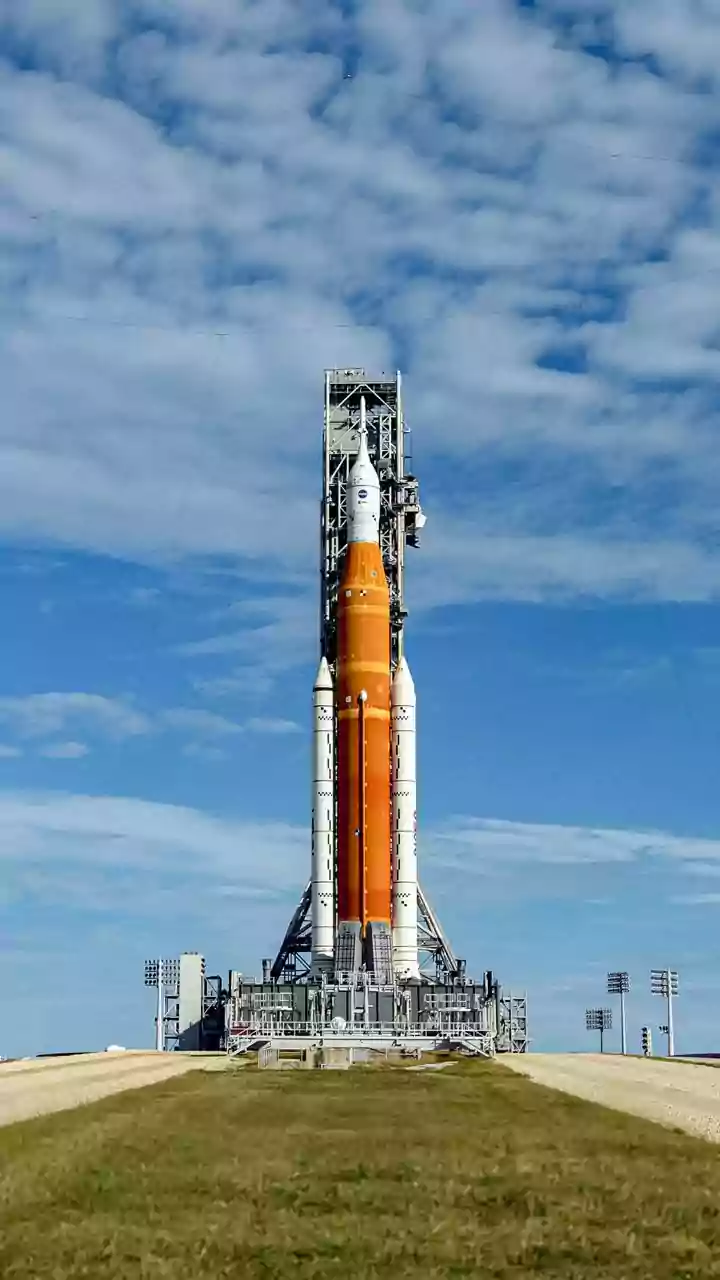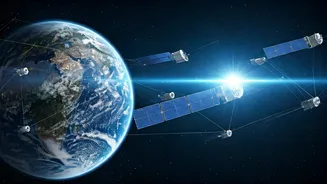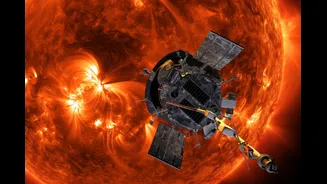ESCAPADE: Mission Overview
The Earth, Sun, and Connections And Exploration of Mars, or ESCAPADE, mission, is a project designed by NASA to send twin probes to the Red Planet. These
probes are engineered to orbit Mars, with a focus on studying the Martian atmosphere. The key goal is to understand how Mars underwent significant atmospheric changes, particularly losing its atmosphere and water over billions of years. The mission leverages a pair of small, yet highly capable, spacecraft that will conduct simultaneous measurements of the planet's magnetic environment, ionosphere, and exosphere. This combined data will provide a comprehensive understanding of how the solar wind interacts with the atmosphere of Mars, a critical factor in understanding the planet's atmospheric evolution and its climate change.
Twin Probes: Functionality
Each of the ESCAPADE probes will be equipped with specialized scientific instruments essential to its mission. These instruments are designed to measure key atmospheric characteristics. The data collected by these probes will include information on the density and composition of the upper atmosphere, as well as the behavior of charged particles within the Martian environment. By working in tandem, the probes will create a three-dimensional map of the Martian environment, thereby revealing how the solar wind erodes the planet's atmosphere over time. This coordinated approach will provide scientists with data, enabling them to reconstruct the processes that led to the transformation of Mars from a potentially habitable world to its present-day state.
Atmospheric Study Goals
The primary objective of the ESCAPADE mission is to understand how the atmosphere of Mars has changed over billions of years. Scientists believe that Mars, billions of years ago, had a much thicker atmosphere and liquid water on its surface, potentially supporting early life forms. Over time, Mars lost its atmosphere. By studying the atmospheric escape rate of the planet, researchers hope to determine the factors that contributed to this loss. The mission aims to investigate the role of the solar wind, which constantly bombards the Martian atmosphere, stripping away atmospheric particles. This study seeks to understand the relationship between the solar wind and the atmospheric changes on Mars, as well as how these processes have shaped the climate and potential habitability of the planet.
Mission Significance Examined
The data collected from the ESCAPADE mission is expected to have far-reaching implications for our understanding of planetary science. By studying Mars' atmospheric evolution, scientists can gain insights into the processes that affect the atmospheres of other planets in the solar system and beyond. Moreover, a comprehensive understanding of the Martian atmosphere will aid in preparing for future human exploration missions. These missions need to consider the challenges posed by the planet's thin atmosphere and radiation environment. The findings could also help in the search for potential past or present life on Mars. Analyzing the atmospheric composition and interaction with the space environment can help narrow down locations and conditions where life might have existed in the past or where it might potentially still exist.
Probes' Operational Methods
The twin probes of the ESCAPADE mission will operate in a coordinated manner to gather their data. Once in orbit around Mars, the probes will be strategically positioned to collect simultaneous measurements of the Martian atmosphere and its interaction with the solar wind. They will use instruments to analyze the composition of the atmosphere, measuring the abundance of various gases and particles. The probes will also assess the properties of the planet's magnetic field and how it interacts with the solar wind. This approach of combined observation will allow scientists to see the full scope of how the Martian atmosphere has changed. This is made possible by the continuous operation of the probes, as they collect and transmit data back to Earth for analysis. This continuous monitoring enables the scientists to track atmospheric changes over time, offering a more complete and detailed picture.















